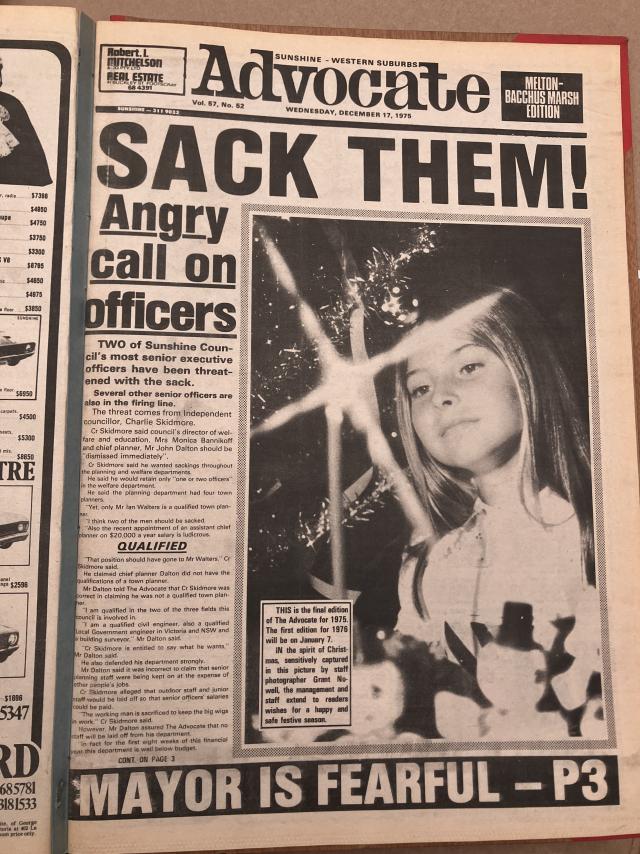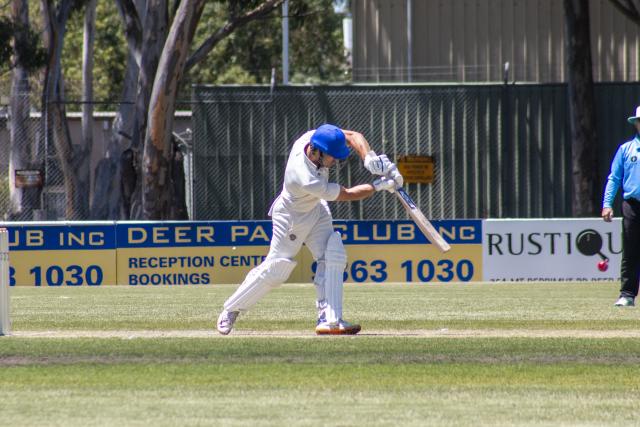When the weather warms up, refreshing whites and dry rosés become the order of the day. Nevertheless, it’s a given that when I’m drinking with friends there’s always someone who wants to stick to reds.
When you’ve sacrificed valuable fridge space to keep the wines cool, a red request can catch you by surprise on a hot summer’s day.
So here’s my tip. This summer, keep a few bottles of Hunter Valley shiraz handy. Generally low in alcohol (13-14 per cent compared with 15 per cent-plus blockbusters), it’s medium-bodied so drinks well on a warm day. Plus, savoury tannins hit the spot with meat from the barbecue. The 2011 vintage, which is pretty much the current vintage for most Hunter shirazes, was a cracker, too. I haven’t come across a bottle yet that is anything but delicious.
There’s only one problem – Hunter Valley shiraz can be hard to track down. It isn’t the most popular bottle on the shelf, and on a recent visit to a local chain store I found just two examples.
The reason for this, according to Hunter Valley winemaker Andrew Thomas, is historic, and much of the explanation lies with the Hunter Valley itself.
“I think the main problem is there’s a little hangover of an outdated perception of what Hunter Valley shiraz is. I think the Hunter only has itself to blame for people having that perception,” says Thomas.
He says “sloppy winemaking” in the past led to microbial problems that are known as brettanomyces, or brett for short. Brett’s safe to drink but imparts barnyard and sweaty saddle characters to a wine – hardly what you’re looking for during a romantic meal.
“I think when those wines were produced people weren’t as educated about wine as they are now and they identified those characters as being a Hunter character, when in fact it was sloppy winemaking,” Thomas says.
“Cellars weren’t set up properly, wine was aged in barrels in tin sheds without proper refrigeration and winemaking didn’t have the level of attention to detail that there is these days. The one-percenters that are required to make great shiraz just weren’t being done.”
Winemaking aside, the Hunter also suffered from an identity crisis. When massive shiraz from the Barossa and McLaren Vale was the order of the day, the Hunter tried to compete instead of staying true to its terroir. “In the late ’80s and ’90s, people weren’t interested in medium-bodied wine and as far as the market, wine shows and a number of journalists and opinion-makers were concerned, Australia went through a period of, ‘bigger was better’.
“You can force the wines and try and get them as ripe as possible and load them up with oak and tweak them [to create a blockbuster], but what you end up doing is making a wine that isn’t true to itself and feels forced.
“The style of shiraz coming from our region now is a completely different wine. There’s a lot more freshness, vibrancy and aromatic fruit purity, but without compromising that signature of Hunter Valley shiraz, which is very much medium-bodied with that really savoury tannin structure.”







